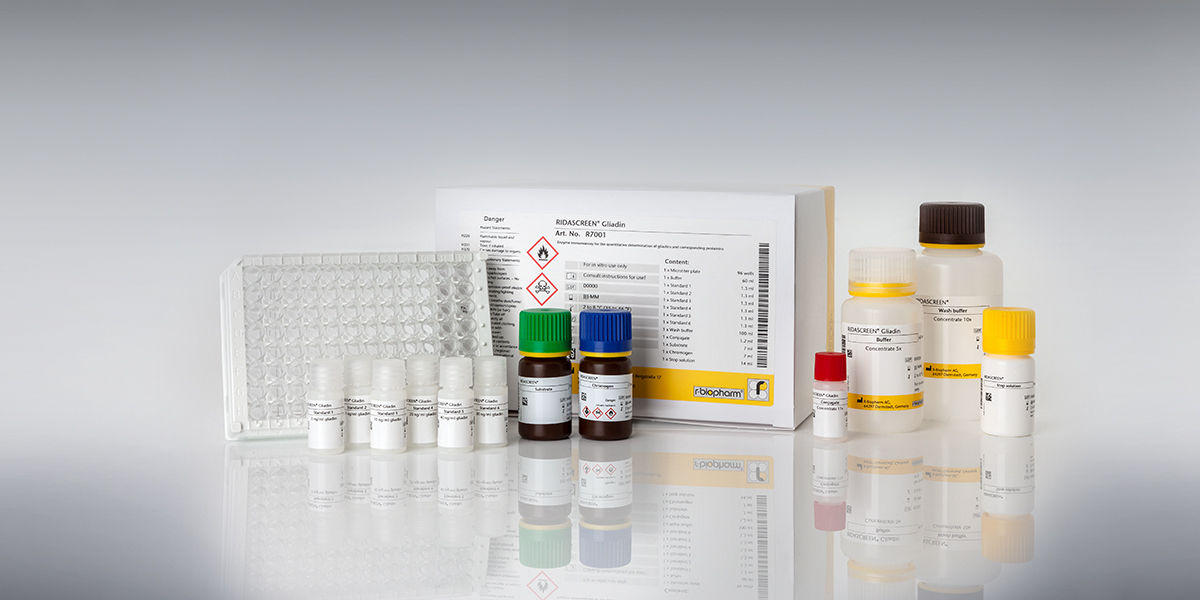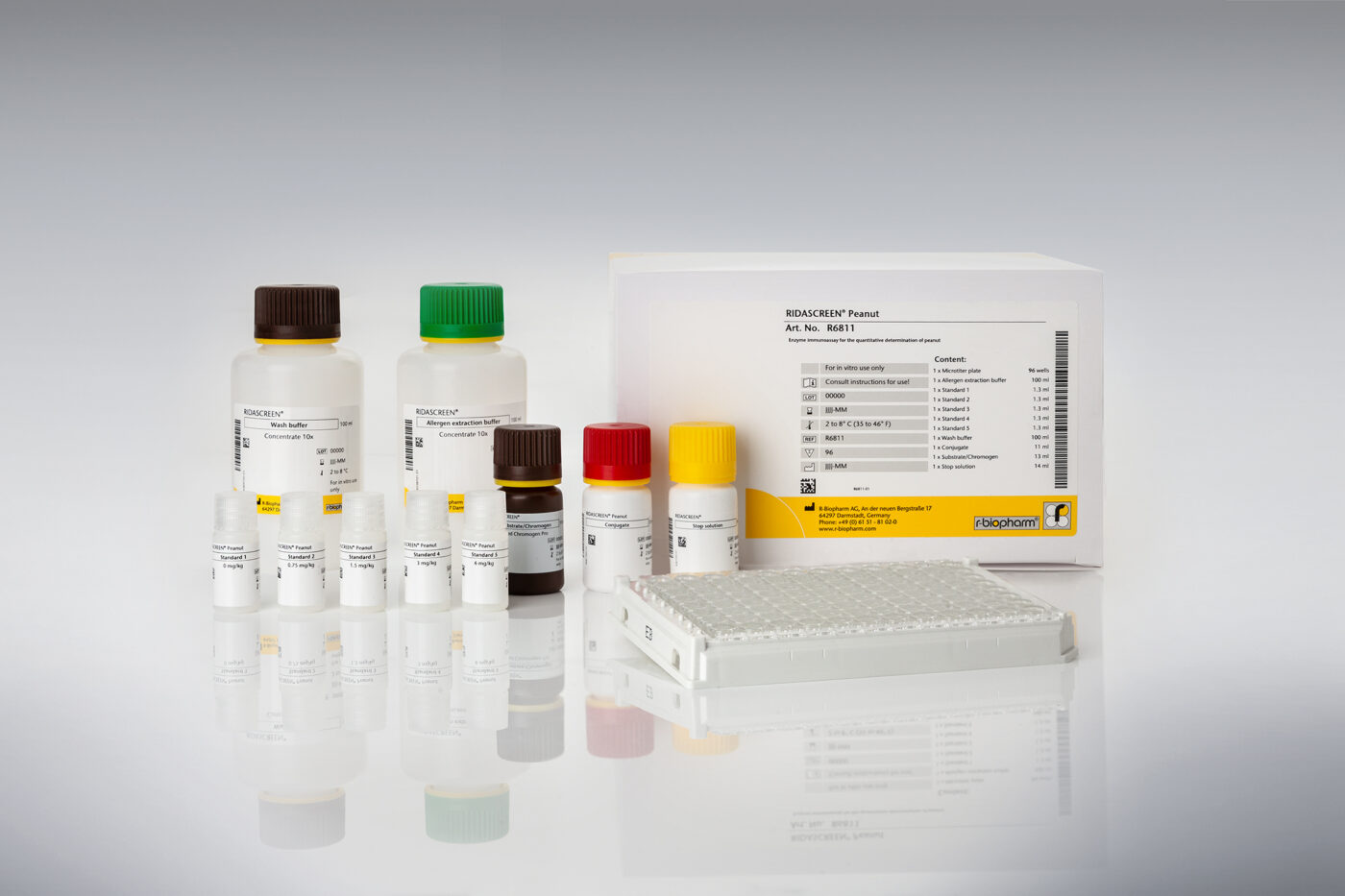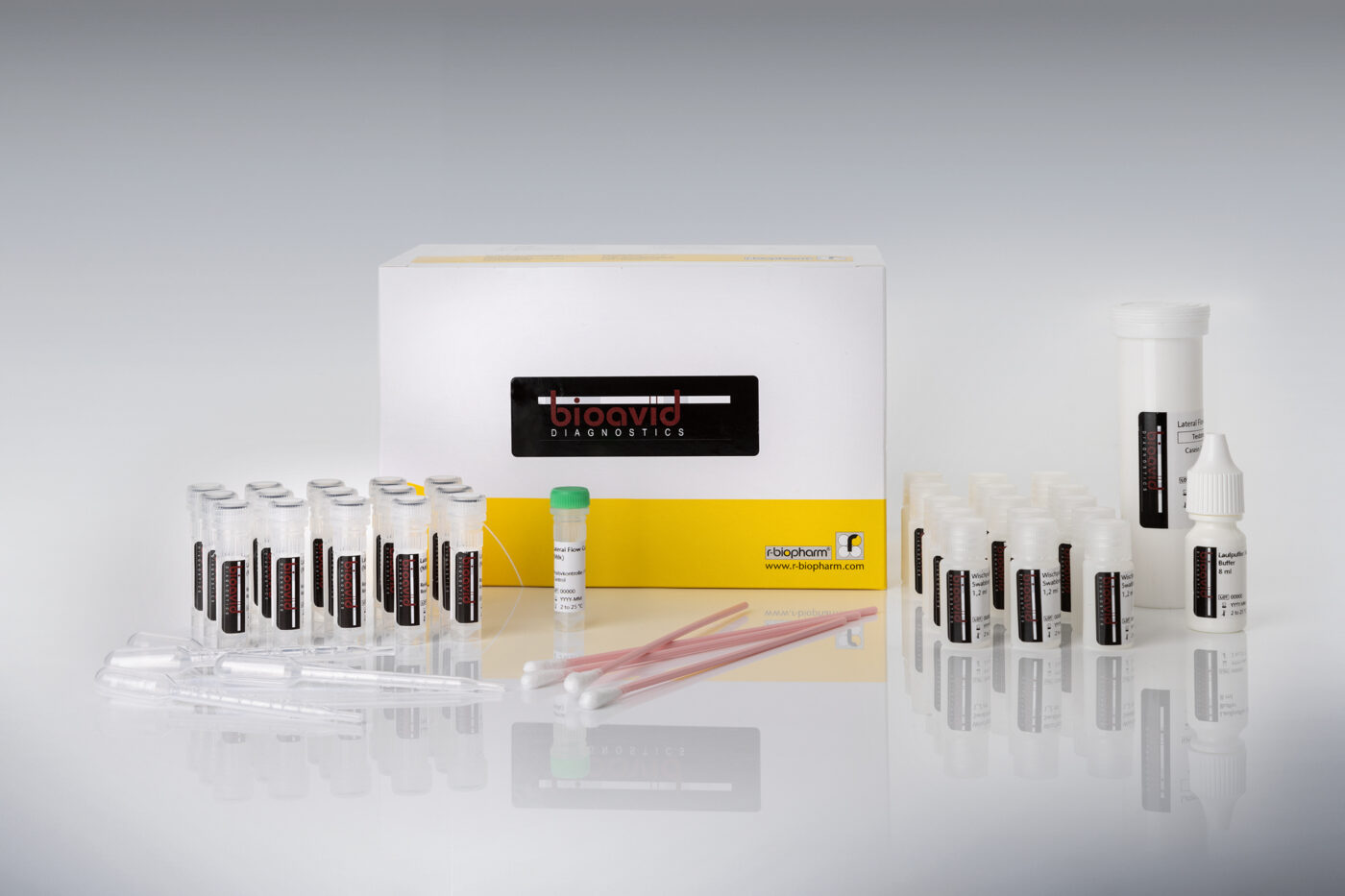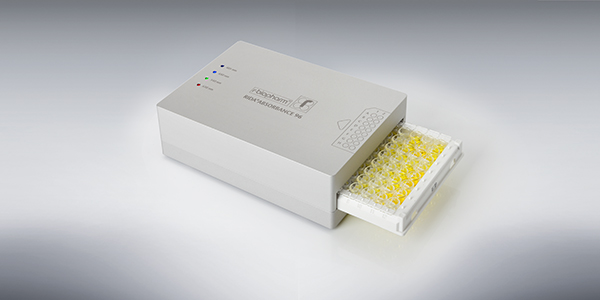
Recent news in Food & Feed Analysis
- Home
- /
- Choose the optimal food...
Choose the optimal food allergen test kit for your food allergen testing
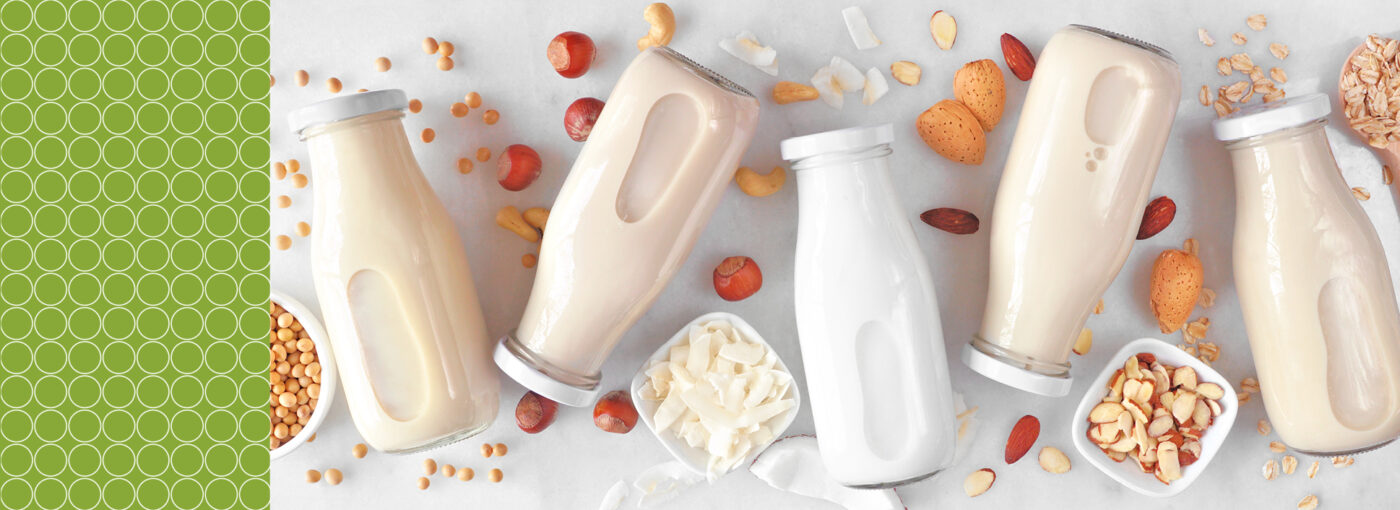
Choosing the right food allergen test method for testing food allergens sounds easy. But which allergen testing method to choose? ELISA? Lateral Flow Tests? qPCR? We can offer you different food allergen test methods for most food allergens – but most important is to choose the method that meets your specific requirements. Read here how we can help you with your food allergen management.
The choice of the analytical method depends on the food types you test as well as the number of samples to be tested, the type of result you want to have – quantitative or qualitative – the available laboratory equipment or the application – product testing or production environment testing.
ELISA-based tests are the method of choice for testing large numbers of samples. In combination with automation solutions, they are ideal for high sample throughput. They offer quantitative results and are widely accepted as official methods or standard methods, for example the RIDASCREEN Gliadin ELISA is the AOAC Official Method of Analysis for the measurement of gluten in food.
Real-time PCR, or qPCR, is a great choice for confirmation testing or further species identification, for example, to identify which type of gluten-containing cereal is present. A further advantage is the single extraction protocol, unified method protocol, and the option to do multiplex testing.
Lateral Flow Tests are the method of choice for rapid, on-site testing as well as rapid product testing. They are very easy to handle and give a qualitative result – presence or absence. There is no equipment required, but we have developed a very useful tool for the documentation of your results: The RIDA SMART APP allergen. This is a documentation app, which can be installed on every Android based smartphone and helps you keeping track of your results. Have a look at this product and download the app free of charge.
An example: Testing food for peanut
Let’s assume you have 10 or more samples coming into your laboratory every day for measuring the amount of peanut protein in these products. ELISA is the preferred method and you might be interested in having automation as well. One of the products shows an unexpected result: you have detected peanut with the ELISA, but the supplier is sure there can be no be peanut in there. To be sure you test the sample with a multiplex PCR and you can confirm peanut residues were present (as well as walnut – detected thanks to the multiplex qPCR).
You suspect there might be a cross-contamination during the production of the products and you ask the supplier to test the production lines with a lateral flow test before and after cleaning, as well as the CIP water. The results are documented in the RIDA SMART APP allergen and forwarded to you. The conclusion is simple and well documented.
.Just an example of how we can help you with food allergen testing and food allergen management.
What do others say?
We asked our customers why they chose the method they are using and how these methods help them in daily quality control. You will find their answers in our new brochure about food allergen testing solutions. Download the “Food Allergens Testing Solutions” brochure and learn more about our allergen test method portfolio and find out which method your colleagues have chosen.
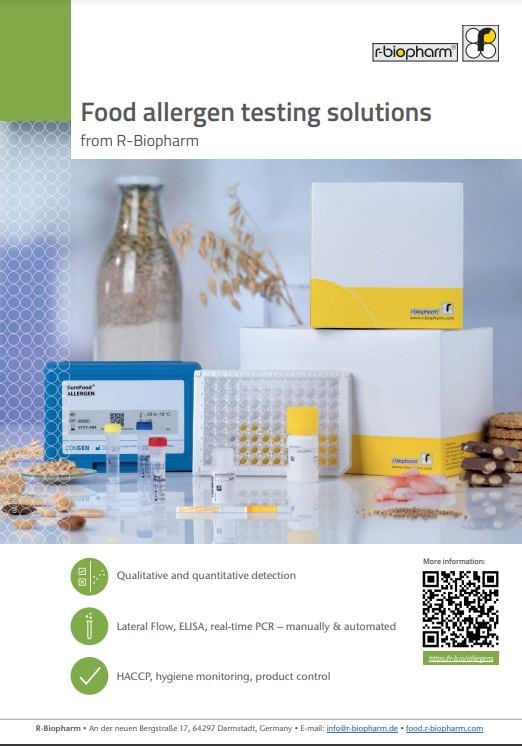
Have you found the optimal food allergen test kit? You can contact your local R-Biopharm subsidiary to order here, or, if you are located in Germany, Austria or Switzerland order directly in our shop. Or request more information on the food allergen product pages!

